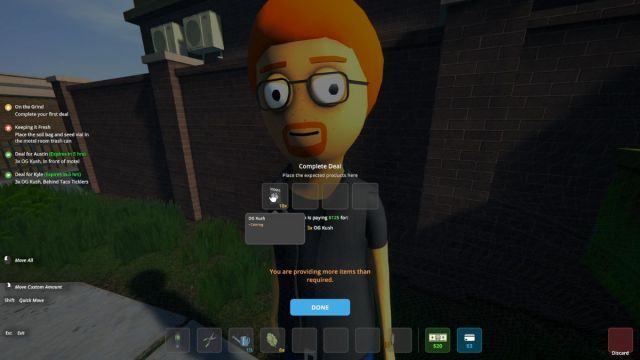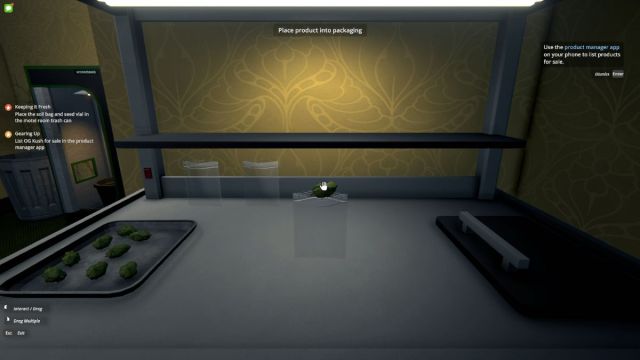I Finally Played Schedule 1, and I Deeply Regret it
Mixing products and making deals, all day long.

The Schedule 1 hype took everyone by surprise, including me. I’d never heard of it before it popped onto Steamdb as a trending game, and then surged well past 460,000 concurrent players. I couldn’t join in the fun, I was already playing other games.
That changed a few days ago, when I finally got a chance to play this game. I really wish I hadn’t. Here’s why.
Schedule 1 is not Just a Game

At first, Schedule 1’s graphics look like something that was made by preschoolers in an ill-guided art class. It’s ugly, right? But as time passes and you realize just how vibrant, consistent, and charming the art style really is. You don’t need more than this.
It’s a beautifully designed project, with consistency throughout the town of Hyland. Every prop, every building, every NPC, and even every vehicle displays a remarkable consistency, showing that this wasn’t some fluke, but a masterful showing of how to set and stick to a vision.
The gameplay? That brings us back to this section’s title. You see, I find this incredibly ironic. Schedule 1 is not just a game about drugs. It is a drug. This game should have a warning label on it!
The gameplay is so immensely satisfying, I just can’t get enough of it. How did a solo dev manage to create such a majestic game when even the most respected AAA today struggle to produce mega hits?
Remembering the Core of Video Game Development

It feels to me like many modern developers, especially on the AAA side, place a lot of emphasis on creating ultra HD graphics that are true-to-life, and stuffing their titles so full of features you’d need an hour-long tutorial just to understand them all.
It’s almost as though someone asks the question: “How do we get even more suckers players to buy our game?” And the resounding answer is: “More features!”
And then we pick up these AAA titles and they feel sort of… bland. Sterile. They just don’t hit that spot. We may not know exactly why. I mean, the gameplay is good, the theme is decent, the graphics are breathtaking, so why don’t we enjoy our time in these games anymore?
They just aren’t fun. The passion just isn’t there.
And therein, I believe, lies the success of Schedule 1. There’s very little unnecessary fluff. From the moment you pack your first baggie, you’re enjoying the experience. There’s always a goal to chase down, there’s always something to work towards.
And I can almost bet you these polished systems in Schedule 1 weren’t always so. There was likely a time when they may have even been boring, and Tyler asked himself: “How can I make this fun?”
A question absent from many corporate game development companies these days. A question that really should be revisited more often.
Warning: Schedule 1 is Addictive
At this point, you may be royally confused. I said I regret playing this game, so why all the praise? That’s because I can’t actually stop playing it for the moment. I’m a creative, above all else, so I’m always busy with several projects at a time.
All those projects have ground to a halt since I clicked buy on Schedule 1. My wife’s also seeing less of me, so if you’ll excuse me, I need to get back to it and try to get it out of my system before my wife decides to leave.
What did you think of this stellar game? Do you agree with me on its core reason for success, or do you have another theory? Always keen to hear from readers!
